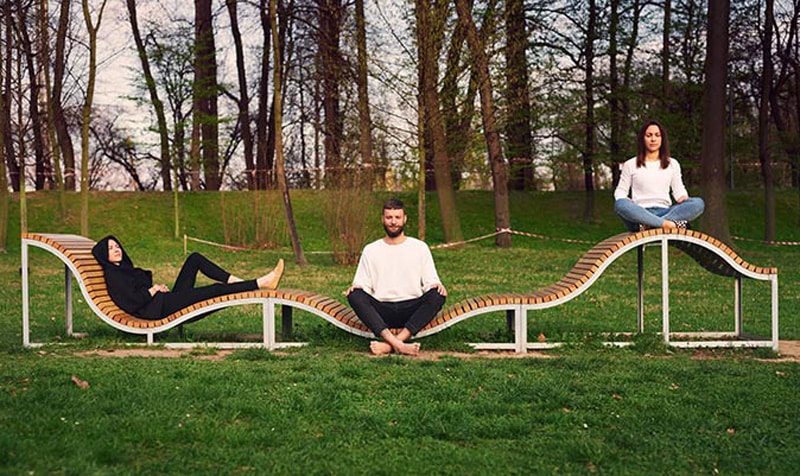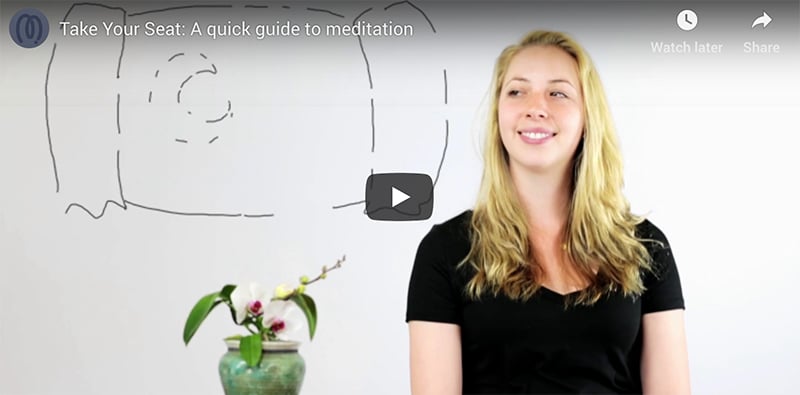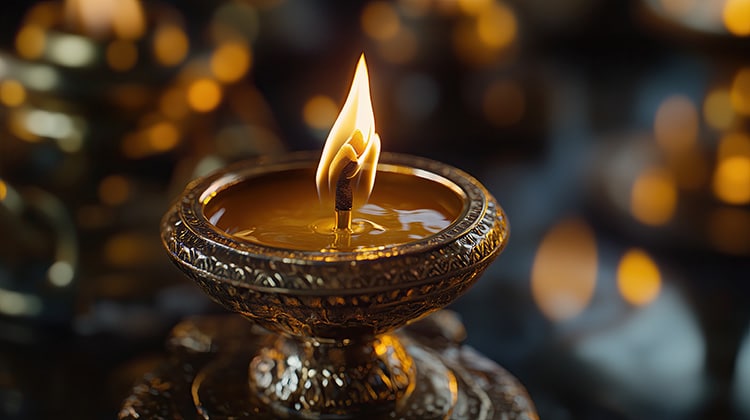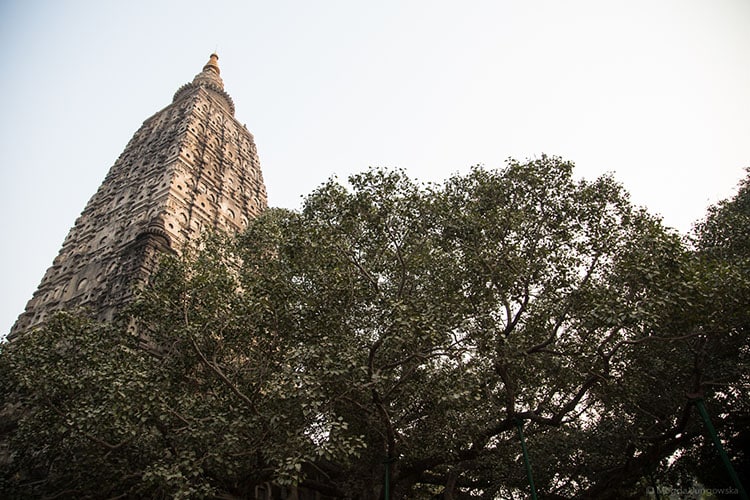Beginners Guide to Meditation
Category: Beginners Guide to Meditation | How to Meditate | Meditation Posture | Mind Trainer Articles | Popular

How to Meditate for Beginners: let’s get you started!
You’ve read about the many benefits of meditation, you’ve got friends or family members who swear by their 20 or 45 minutes a day, you’ve heard celebrities say they couldn’t live without it, and now you’re ready to take the plunge! But wait, there’s a hitch, you think. What, exactly, are you as a rank beginner supposed to be doing?
That’s why we’re here! And we’re so glad you’ve joined us! Read on for some basic mindfulness meditation instructions that will get you sitting in no time flat.
What not to expect
Want to be like those memes of blissful meditators by the sea who seem to be communing with the universe with nary a care – or a misplaced thought – in the world? Not going to happen. Want to sit down, set your timer, and enjoy a 20-minute thought-free bliss bubble? Nope. Hoping your chakras will immediately begin whirling and twirling? Unlikely. Think you’ll start levitating and float away, leaving this mundane existence behind you? Implausible, thank heavens. Meditation is much more down-to-earth than that.
What to expect
Meditation is about connecting with the completeness of the here and now. The way we teach it, it’s very grounded. You sit straight and still, observe, let go, come back, and discover the rich fullness of the present moment. Since you’re not giving in to distractions, you have the space to connect with mind’s creativity and become aware of the stream of thoughts and emotions it produces. And what are you going to do about these thoughts and emotions? You’re going to acknowledge them without giving in to fascination or frustration, and let them simply go back to where they came from, like a wave that arises and naturally and inevitably merges back into the sea.
Why would you do such a thing? Because meditation is calming. It’s sane. It comes with a host of benefits for body and mind. It will help you discern which of the thoughts and emotions that arise in your mind are worthy of your attention. It puts you back in touch with your basic goodness. The qualities you develop through mindfulness and awareness meditation make your world a better place. And so much more.
How to meditate – for beginners
Meditation is popular, and there are many good meditation techniques for beginners and more advanced practitioners alike. We recommend starting simple, and that’s what we’re going to show you. If you’re inspired to learn more, Mindworks Courses are designed for you. For beginners, we especially recommend the Mindworks M7: Learn to Meditate series led by acclaimed meditation mensch Bart Mendel: basic, easy-to-follow meditation instructions that will get you started, teach you different ways to sit, and give you everything you need to keep going. For these instructions in full, check out our free course Level 1: Fundamentals.
The bones
- Find a quiet place and settle on a comfortable chair, bench or cushion.
- You may want to decide how much time you’d like to devote to sitting in the beginning. Consistency is key. Even a few minutes every day will get you off to a great start.
- Take a moment to check in with your posture. Try to find a position that allows you to keep your back straight.
- Set aside your industrious conceptual mind. Breathe. Tune in to the feeling of being present. Take stock of your physical presence as you breathe.
- Note physical tensions and mental concerns. Acknowledge them with kindness and invite them to relax and release.
- Tune in to the process of breathing. Feel the breath in your belly. Don’t concern yourself with analyzing or modifying your respiration, just feel it and center your awareness on the ebb and flow.
- Breathe in: you’re aware that you’re breathing in. Breathe out: you’re aware that you’re breathing out.
- When you notice that your mind has wandered, gently but firmly bring it back to the breath.
- This is mindfulness: training in awareness, acknowledging, letting go and coming home to the breath and the present moment.
- When you are ready to end your meditation session, relax, stretch, and enjoy a moment of gratefulness before picking your busy life back up where you left it, renewed and refreshed.
Even practicing a couple of minutes of mindful awareness helps us put things in perspective, check in with our feelings and reboot. Some people enjoy taking mini-meditation breaks at work or at school; others like to devote a period of time every day to meditate alone or with others.
Try different methods on for size. Take an online class to learn to meditate. Check out top tips for meditators or simple mindfulness exercises that you can enjoy. Play around, be flexible, have fun and remember that every seasoned meditator had to sit down and start from scratch at one point. Enjoy your journey!
Check out our video on Take Your Seat – how to find an upright and comfortable posture for meditation:







